I’ve got something a little more fun and laid-back for you today. Over the past few weeks I’ve been dragged into an addictive j-drama called Watashitachi wa Douka Shiteiru, the story of Nao, a young wagashi artisan. As is typical with j-drama, especially ones based off manga, the story is quite convoluted,
Fifteen years ago, Hanaoka Nao and her mother lived in the staff quarters of Kogetsu-An, the famous wagashi shop. Young Nao grew close with Tsubaki, the heir to the shop. Everything seemed perfect until Nao’s mother was framed for the murder of Tsubaki’s father.
Nao currently has the chance to solve the mystery that threw her life into shambles by concealing her identity, rejoining Kogetsu-An and marrying Tsubaki. But can she keep her secret and guard her heart?
The manga and live-action adaptation both go by the full title of 私たちはどうかしている or Watashitachi wa Douka Shiteiru. It’s often shortened to Watadou, due to the title being a bit of a mouthful. Things get complicated when it comes to English translations; the most common translation is We Are Not Ourselves and most fansites will refer to it as such, but the official title on the English NTV page lists it as Cursed in Love, and the English manga is published under the name Something’s Wrong With Us. So if you see any of these titles and get confused, don’t worry, it’s all the same thing! This show has too many names, I swear.
I was initially drawn to this series because so many of the characters are always (or nearly always) in kimono. But once I started watching, I was hooked. Do you enjoy any of the following?
- Delicious wagashi.
- A dying patriarch.
- A scheming oujo-sama matron.
- Beautiful kimono.
- Unhealthy but passionate romance.
- Murder.
- An enigmatic and fashionable gentleman.
- Angry ikebana.
- Hilarious secondary characters.
If so, you’ll find something to love about Watadou. This show really does have it all!
It’s definitely on the more camp/soap-opera side of j-drama, with plenty of intrigue and overblown drama (the aforementioned scheming oujo-sama matron literally throws a flower vase at Nao, fans herself with money while bribing someone, and even does the ~ohohoho laugh at one point). You can tell it was adapted from a manga, due to the level of theatrics and even the way many of the scenes are framed. Does that mean it’s bad? Absolutely not. For some reason I was expecting a more “serious” drama at first so it took me a few minutes to get into the swing of it all, but once I did I was hooked.
Of course, my fascination with it is helped by the fact that the show is steeped in traditional Japanese elements. Not just the wagashi, although that is the most prominent, but also tea ceremony, and most important to me – all the gorgeous kimono. Nao’s wardrobe is split between her Kogetsu-An uniform, western-style clothes, and kimono, and the Kogetsu-An kitchen staff are shown almost exclusively in their uniforms, but nearly everyone else is always in kimono. Whether it be Tsubaki and his family, or the traditional clients who patronise Kogetsu-An for their delicious sweets, the show never lets you forget that this is a world slightly removed from modern, bustling, urban Japan. The show is massive eye candy for anyone into kimono.
The show’s official page on the NTV site is all in Japanese, but it is a treasure trove of imagery worth exploring. There are separate pages for all the beautiful wagashi, as well as individual kimono fashion pages for Nao (the protagonist), Tsubaki (the love interest), Kyoko (the matron), Grand Master (the patriarch), Shiori (the jilted fiancée), Takigawa (the enigmatic gentleman), and even Yuko (the restaurant owner). You can use your browser’s translation features to read information and stylist thoughts for each outfit.
I also tried to grab a selection of screenshots that showed off the lovely aesthetic of the show without spoiling anything! There’s one feature wagashi from each episode, and a ton of kimono. You can really see how gorgeous the wardrobe is.
Typically, I don’t like to suggest piracy but currently this show has no official English subtitling or distribution, so the only way to watch it is through fan-subs. I’m following the ones over at Blitz Fansub and so far they’ve been quite fast and reliable (if you don’t mind the occasional typo). However, if the show ever does receive an official translation I do urge you to check it out. I just hope they don’t try to adapt and re-localise it, because it’s so dependent on the magic of traditional Japanese industries. I feel like it would lose too much if they changed the setting.


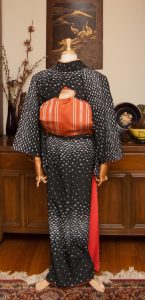

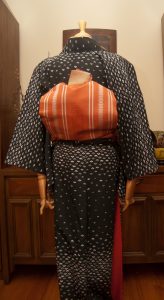
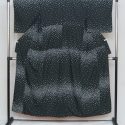
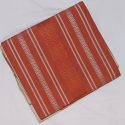
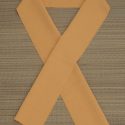
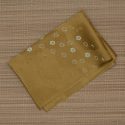
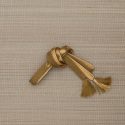
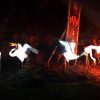






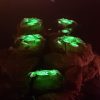


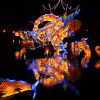





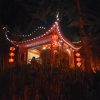


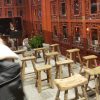
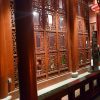
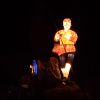


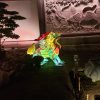

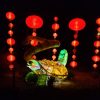
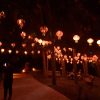
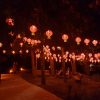

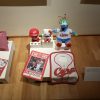


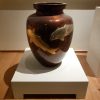

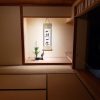
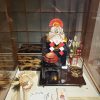
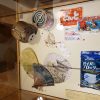
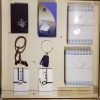


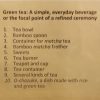
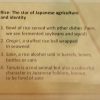
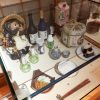
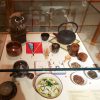
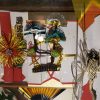
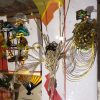
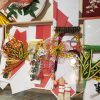

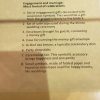
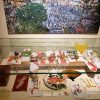
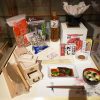
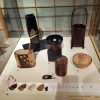
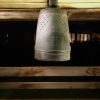

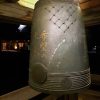
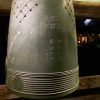
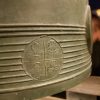


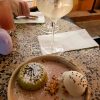
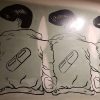


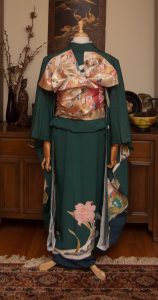
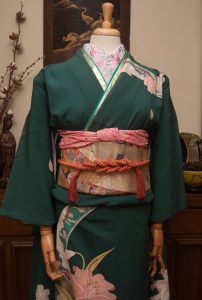
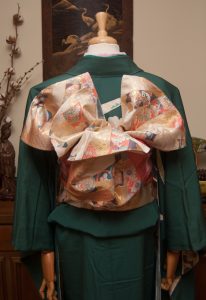

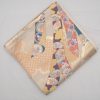
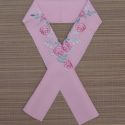
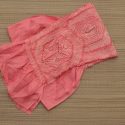
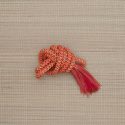
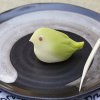
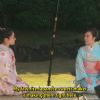

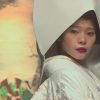

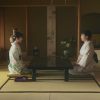

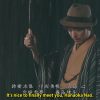
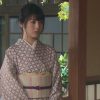
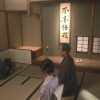
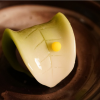
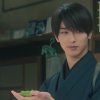

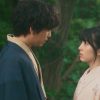
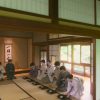
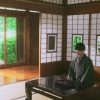
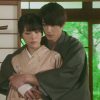

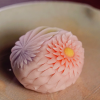
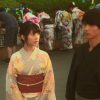
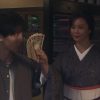
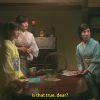

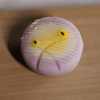

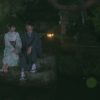
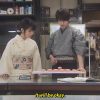
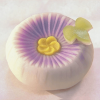
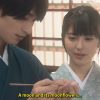
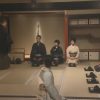
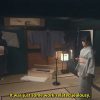
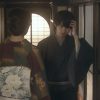
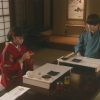













 Bebe Taian
Bebe Taian CHOKO Blog
CHOKO Blog Gion Kobu
Gion Kobu